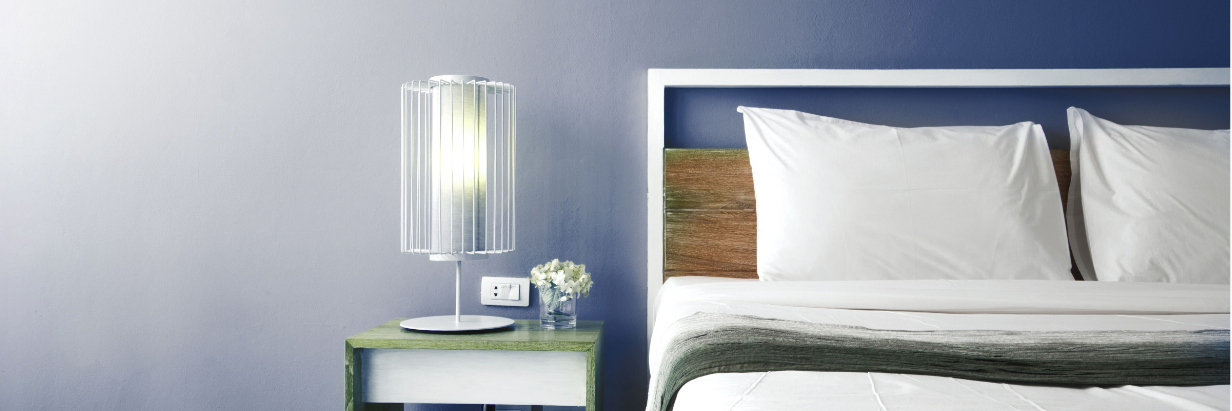
Paint Your Walls to Change Your Mood, and the Science to Prove It
Posted on April 9, 2019
Paint your walls to change your mood at home. Rooms can make you feel serene, energized or excited, but why? The color on the walls can evoke a feeling without you realizing it. It could be coincidence that the feelings your feeling are mirroring the walls, but science says there is more to it. Here’s how to paint the walls to change your mood.
The study of wall color and mood was completed with the Florey Institute of Neuroscience and Mental Health in Melbourne, which is a leading brain research facility. Participants were shown potential wall colors through virtual reality. They were then asked to assign a mood to it like excited, cheerful or intense.
Pastels
The research determined that pastel and light colors like blue, green and lilac in light hues made participants feel calm. These colors are great for any room you want to be calm in like a bedroom. It will help settle your mind and prepare you for rest.
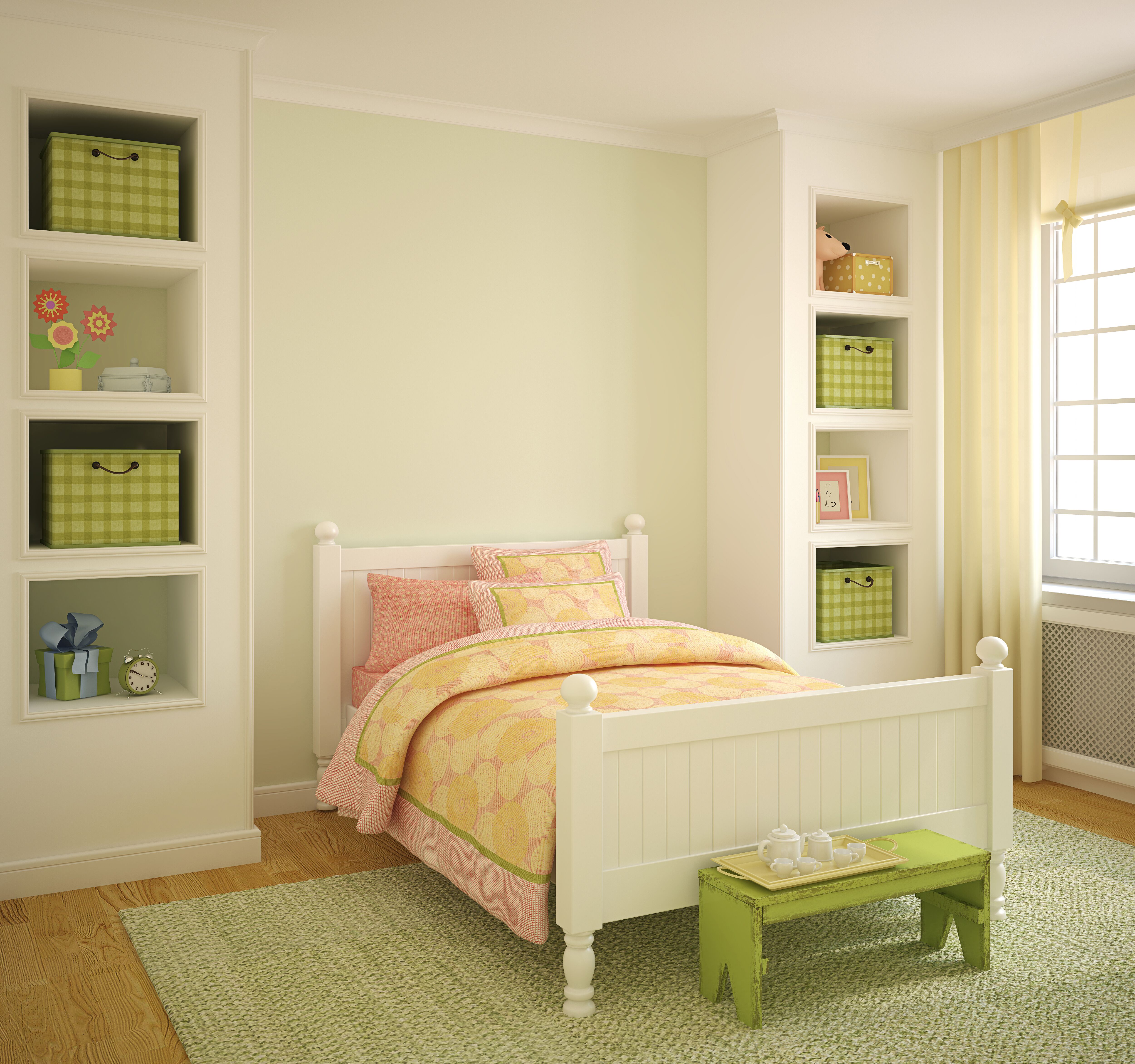
Brights
Vivid colors like bright yellow, orange or pink made those in the study feel excited and upbeat. Use these colors in areas like offices and living rooms, where you will be spending a good amount of awake time. Be careful putting it in a bedroom where you are to relax and sleep.
Darks
While very trendy, the dark colored walls made the research subjects feel down or sad. If done in the right amounts, a dark wall or area of your home won’t negatively affect your mood. It’s suggested to paint your walls these colors in a smaller room like a powder room or entryway. As a homeowner, you don’t spend as much time in there, yet you can get the dramatic impact of deep color.

Red
Red hypes you up and pumps hormones into your system for work, energy and excitement. Bright red is a great color for a dining room with great conversations or an entryway to make a strong first impression on guests. Consider it for a man cave or sports den in your house.
Be cautious with crimson. It can produce feelings of irritability, and closely behind, rage and hostility. Don’t use it as a main color in a common area. Being in that color can adversely affect the peace and harmony of your home.
Yellow
Sunshine and happiness are yellow in a nutshell. Yellow is a great choice for kitchens, dining rooms and bathrooms were it is uplifting. As used in a living area, yellow can have a negative effect on those in the inside. The research study found that yellow can cause an adverse effect on mood. Yellow can cause anger when it’s taken too far or too bright. Because of this, it’s important when planning your palette to include yellow as a trim or secondary color.
Blue
Blue calms moods down while also slowing breathing and bringing heart rates down. It’s the perfect color to paint your walls in bedrooms for a spa-like serene feel. Be careful not to take your blue too far because it can become very cool and almost cold. Match pastel blues with a warmer hue to avoid the possible chill. Potentially choosing a blue with warm undertones like a periwinkle or turquoise can avoid adverse effects.
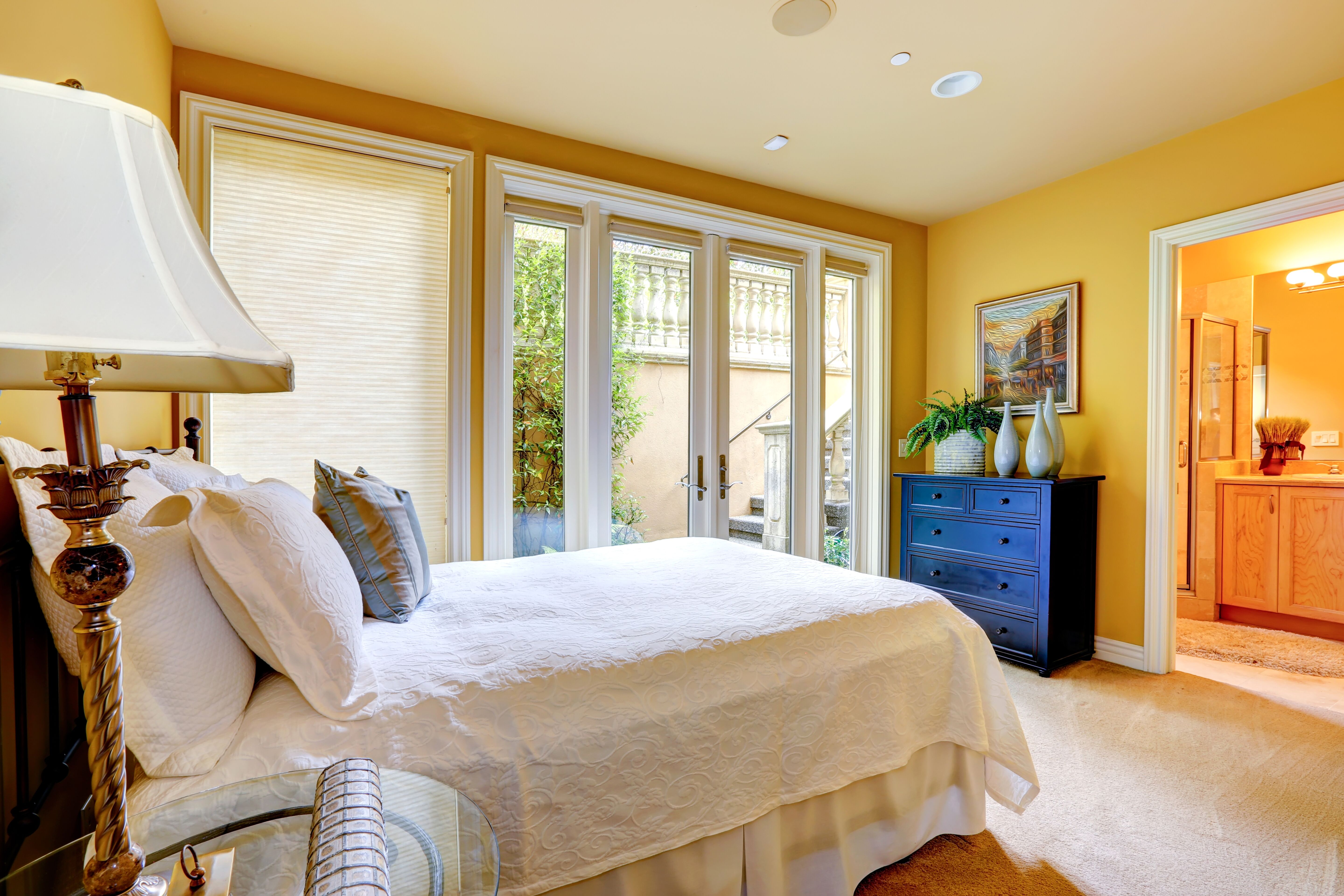
Green
Ahhh, the color of rest. Green provides a clean and relaxing color. Because of this, green is great in any room of your home. Destress in a green living room or unwind in a green office. While unwinding, the verde tones will also bring in comfort and unity.
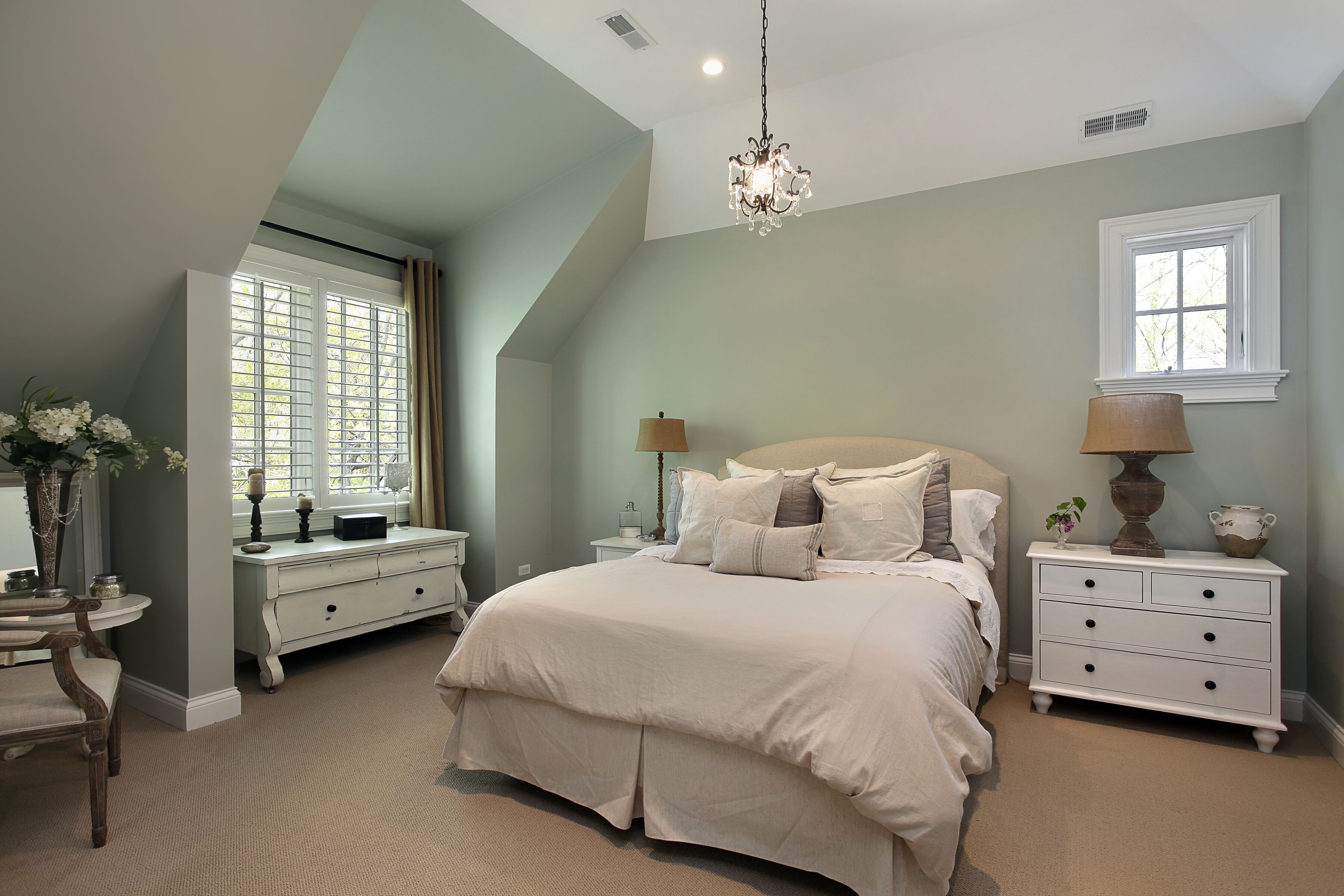
Purple
As one of the darker colors, purple is dramatic and sophisticated. It’s said the room will promote creativity. In its lighter values, purple can be restful making it a good choice for a bedroom. It has the benefits of a blue room, without the potential to feel cold.
Orange
Orange make a room big and energetic. Use it sparingly in most living spaces, but orange can make a great workout space. Historically, orange was used to increase energy levels. An orange game room or sports den could bring out the excitement and enthusiasm your team needs to win.
Neutral
Neutrals include the families associated with black, gray, brown and white. These colors are the backbone of any painter’s color choices. Using an all-neutral scheme is trendy and flexible. It will literally go with anything you put into the room as well. If you want more color, it’s simple to pull in a bright accent piece. Want calmer, remove it!
Relegate black to a small side color. Don’t paint your walls a black, it’s hard to cover up and shrinks a room. It adds depth but can make a room small. Keep it in small uses and you’ll look chic and keep your room looking hip.
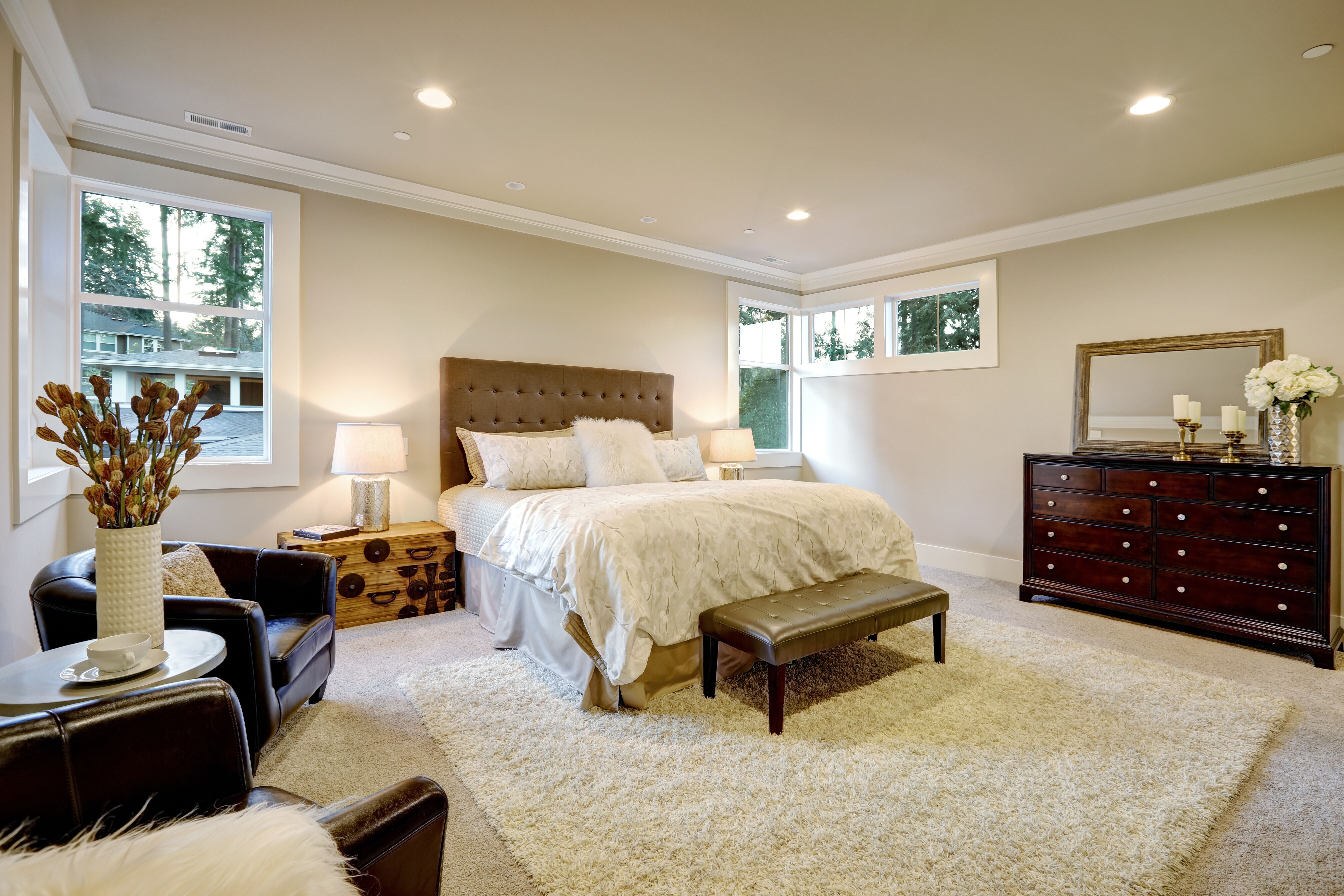
Ceilings
Often forgotten, ceilings represent a large area of room that is left out of the planning process. Light ceilings will make your room feel taller. A lower ceiling isn’t always a bad thing, it can make a room cozy. Lighten it up if you want a larger room.





